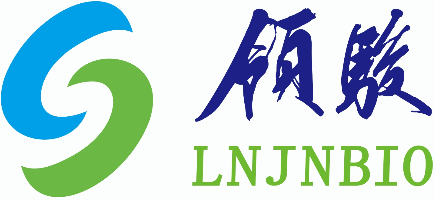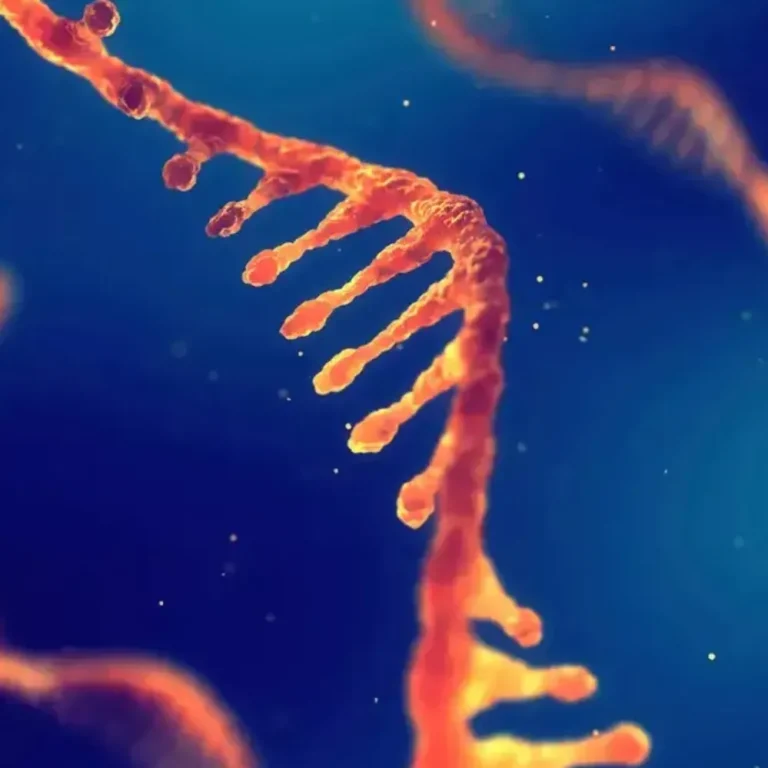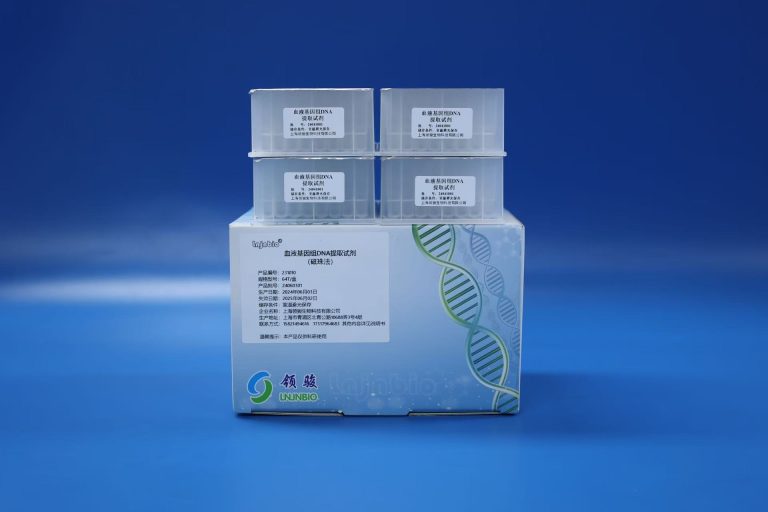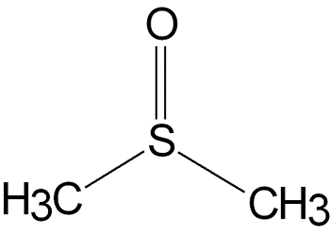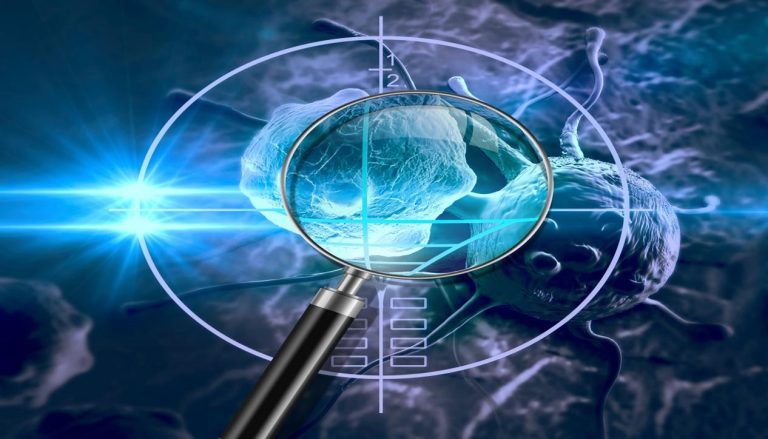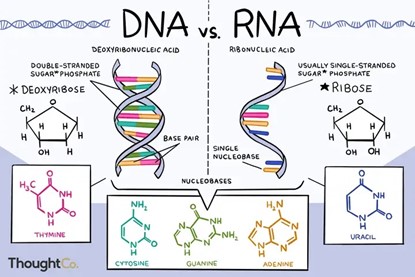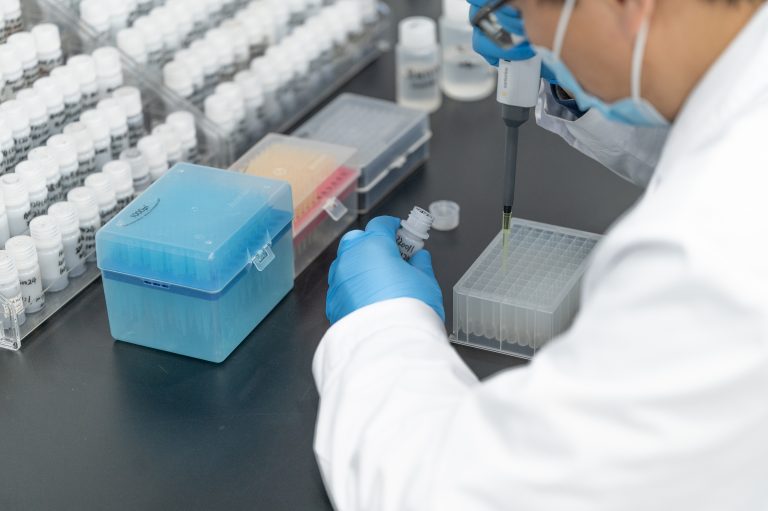Professional Manufacturer of Biomagnetic Beads
The magnetic bead method for nucleic acid extraction is a new type of nucleic acid extraction technology that has emerged in recent years. Compared with the previous generation of nucleic acid extraction methods, it has many advantages, which are explained in several aspects below.
1. High degree of automation
• Magnetic bead method: suitable for automated processing, especially in high-throughput laboratories, the use of magnetic bead method nucleic acid extraction reagents combined with automated nucleic acid extraction and purification instruments can quickly complete the processing of large batches of samples and improve work efficiency.
• Centrifugal column method: Although there is also support for automated equipment, repeated centrifugation is required during the extraction process, which is slightly inferior to the magnetic bead method in terms of safety, flexibility and cost control.
• Traditional reagent method: usually manual operation, difficult to achieve high-throughput processing, and low efficiency.
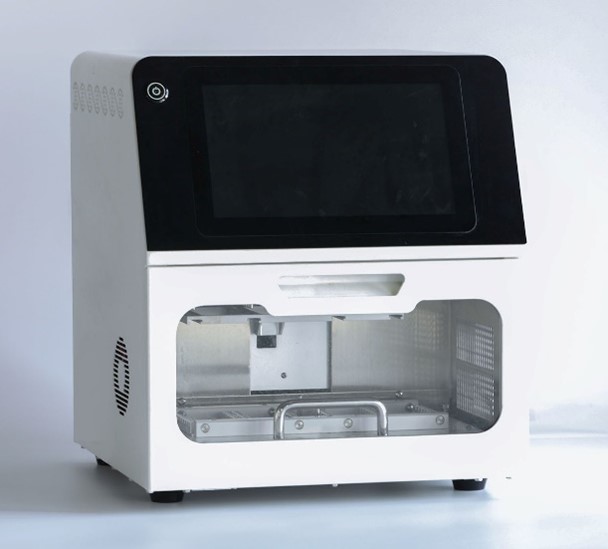
2. Easy to operate
• Magnetic bead method: Nucleic acid capture and purification can be completed through simple shaking mixing and magnetic separation steps, and the operation process is simplified.
• Centrifugal column method: It requires more steps and requires repeated centrifugation using a centrifuge. Compared with the magnetic bead method, the operation is more complicated.
• Traditional reagent method: The extraction results are easily affected by the proficiency of human operation with more complicated steps
3. High recovery rate of nucleic acid
• Magnetic bead method: The surface functional groups of magnetic beads are rich, and the binding ability with nucleic acid is strong. The recovery rate of nucleic acid is high, especially for trace samples or low-concentration nucleic acid samples. The magnetic bead method can effectively improve the recovery efficiency.
• Centrifugal column method: Although it can also achieve a high recovery rate, when dealing with nucleic acid in trace samples, the results may not be as stable as the magnetic bead method due to the size limitation of consumables.
• Traditional reagent method: The recovery rate is affected by many factors, such as operation technology, sample type, etc., and the stability is poor.
4. High purity of extracted products
• Magnetic bead method: Magnetic beads have strong selectivity for adsorbing nucleic acids, and can effectively remove impurities such as proteins and polysaccharides to ensure the purity of nucleic acids.
• Centrifugal column method: Additional purification steps may be required in some cases to achieve high purity.
• Traditional reagent method: Normally the product may contain more impurities and result in low purity with many operation steps.
5. Strong sample adaptability
• Magnetic bead method: It has good performance in dealing with complex samples. It is suitable for various types of samples, including swabs, blood, animal and plant tissue, saliva, plasmid, fungi, virus, serum, plasma, bacteria, sequencing reaction products, PCR products, environmental samples, etc.
• Spin column method: Although it can also process a variety of sample types, it may not be effective when processing certain samples containing high concentrations of proteins or plant polyphenols.
• Traditional reagent method: There are certain limitations on sample types, and the purification effect is not good when processing complex samples.
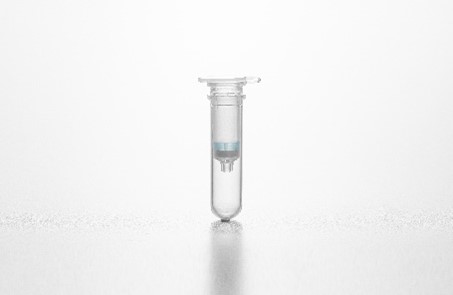
6. High flexibility
• Magnetic bead method: Magnetic beads with different functions can be chosen according to different experimental needs, such as specific marker capture, specific fragment size selection, etc.
• Centrifugal column method: Although it also has a certain degree of flexibility, it may not be as diverse as the magnetic bead method in terms of selectivity.
• Traditional reagent method: Less flexibility and difficult to adjust for specific needs.
7. Environmental protection
• Magnetic bead method, centrifugal column method: These two methods usually produce less waste and use relatively less chemical reagents, which is more environmentally friendly.
• Traditional reagent method: Involves a large amount of organic solvents, which has a greater impact on the environment.
8. Safety
• Magnetic bead method, centrifugal column method: There are fewer opportunities to contact harmful chemicals during operation, and it is safer.
• Traditional reagent method: Because it involves a variety of toxic and harmful reagents, special attention should be paid to safety protection during operation.
Through the advantages listed above, we found that the magnetic bead method nucleic acid extraction technology has many advantages, like high automation, simple operation, high nucleic acid recovery rate, high purity of extracted products, strong sample adaptability, high flexibility, environmental protection and safety, which makes this technology more and more popular in modern laboratories.
Supplier Introduction

Shanghai Lingjun Biotechnology Co., Ltd. was established in 2016 which is a professional manufacturer of biomagnetic materials and nucleic acid extraction reagents.
We have rich experience in nucleic acid isolation and purification, protein purification, cell separation, chemiluminescence and other technical fields.
Our products are widely used in many fields, such as medical testing, genetic testing, university research, genetic breeding, etc. We not only provide products but also can undertake OEM, ODM, and other needs. If you have related needs, please feel free to contact us at sales01@lingjunbio.com.
